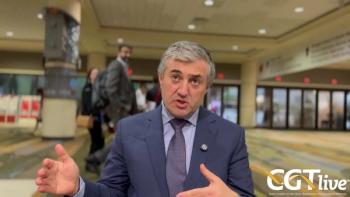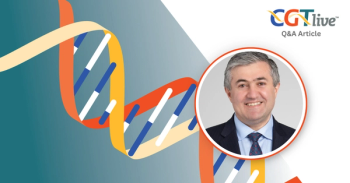
Cassandra Gorsuch, PhD, on the ARCUS Gene Editing Platform and Its Potential in DMD
The chief scientific officer at Precision Biosciences discussed the ARCUS gene editing platform and its potential application in Duchenne muscular dystrophy through a durable, AAV-delivered therapeutic strategy.
This video originally appeared on our sister site,
"We designed this approach with durability in mind—once the ARCUS edit happens, it’s permanent. That’s the real advantage over traditional vector-based delivery."
As a result of significant advances during the past few decades in our understanding of the genetics underlying Duchenne muscular dystrophy (DMD), the treatment paradigm has shifted from management of symptoms to targeted, disease-modifying strategies. Precise identification of mutation types–such as deletions, duplications, and point mutations–have been made possible via advances in molecular biology, thus allowing for personalized genetic interventions. Although 1 gene therapy product has already been approved by the FDA for DMD, questions remain about its long-term applicability, and thus the door is open for other gene editing approaches.
The latest findings in genetic-based approaches for neuromuscular conditions like DMD were brought together at
At the meeting, Cassandra Gorsuch, PhD, chief scientific officer at Precision, sat down with CGTLive®'s sister site NeurologyLive® to discuss the mechanism behind the gene editing platform, highlighting how its unique design could offer advantages over traditional CRISPR approaches. In targeting DMD, ARCUS aims to create a permanent, DNA-level edit in the dystrophin gene. In the conversation, Gorsuch discussed the long-term plans for the innovative approach, emphasizing its potential for long-term efficacy, independent of AAV persistence, and next steps for a first-in-human trial.
Newsletter
Stay at the forefront of cutting-edge science with CGT—your direct line to expert insights, breakthrough data, and real-time coverage of the latest advancements in cell and gene therapy.
















































